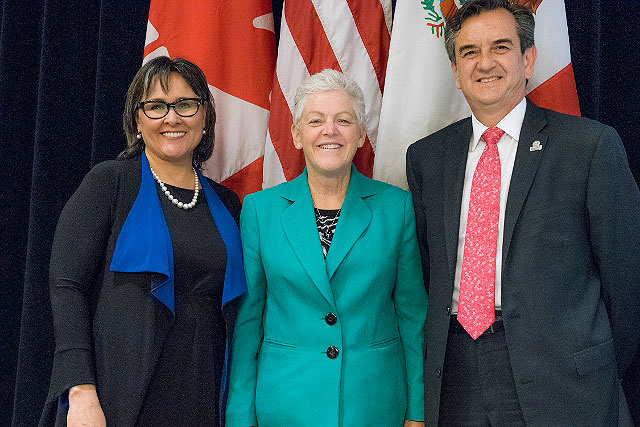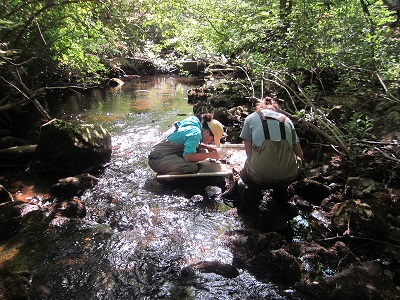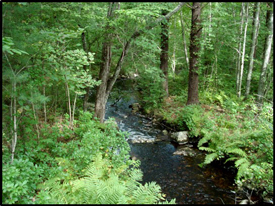CEC Meeting a Win for Public Health in North America
Last week, I was thrilled to host the Canadian Environment Minister and Mexican Environment Deputy Secretary at the 22nd Regular Session of the Council for the Commission on Environmental Cooperation (CEC) in my hometown of Boston.
The CEC is an organization created by the United States, Canada and Mexico to address environmental concerns in North America—because pollution doesn’t carry a passport. As Chair, I represented the U.S. Government on the Council and took the lead in discussing our future as neighbors and allies in protecting public health and the environment.
Impacts from climate change like more extreme droughts, floods, fires, and storms threaten vulnerable communities in North America and beyond. And along the way, those who have the least suffer the most. That’s why our three nations are committed to working together to tackle climate challenges. I’m looking forward to continuing our cooperation this fall in Paris as we work to bring about concrete international action on climate.
At this year’s session, the Council endorsed a new 5-year blueprint to help us tackle environmental challenges our nations face together. We’ll focus on climate change: from adaptation to mitigation; from green energy to green growth; from sustainable communities to healthy ecosystems. The plan presents our shared priorities to make the most of each other’s efforts to address environmental challenges.
Looking toward the future, we discussed the possibility of using the CEC as a way to address climate impacts on other important environmental challenges like water quantity and quality, renewable energy, energy efficiency, and oceans.
During our conversations, EPA’s Trash Free Waters program caught the interest of the other ministers on the Council. Through community outreach and education, EPA is working to reduce the amount of litter that goes into our lakes, streams and oceans. We discussed ways we could build on its success and expand it to other cities in North America.

Administrator Gina McCarthy with Leona Aglukkaq, Canada’s Minister for the Environment, and Rodolfo Lacy Tamayo, Mexico’s Secretary for Environment and Natural Resources, at the 22nd Annual Council Session of the North American Commission for Environmental Cooperation.
The Council also reaffirmed the CEC’s Operational Plan for 2015–2016, which is focused on producing tangible outcomes and measurable results. The plan proposes 16 new projects that bring together our experts on work like reducing maritime shipping emissions to protect our health from air pollution, and strengthening protections for monarch butterflies and pollinators.
We named a new roster of experts on traditional ecological knowledge from Canada, Mexico and the United States. Alongside science, traditional knowledge helps us understand our environment, helping us better protect it. The experts will work with the CEC’s Joint Public Advisory Committee (JPAC) to advise the Council on ways to apply traditional ecological knowledge to the CEC’s operations and policy recommendations.
We also announced the third cycle of the North American Partnership for Environmental Community Action grants, a program that supports hands-on projects for low-income, underserved and indigenous communities across North America. The program supports communities’ climate-related activities and encourages the transition to a low-carbon economy.
We ended the meeting with Mexico assuming chairmanship for the upcoming year. It’s an honor to work with our neighbors to address environmental challenges head-on, and to make sure North America leads on global climate action. When we do, we protect our citizens’ health, our economy, and our way of life. Learn more here.












